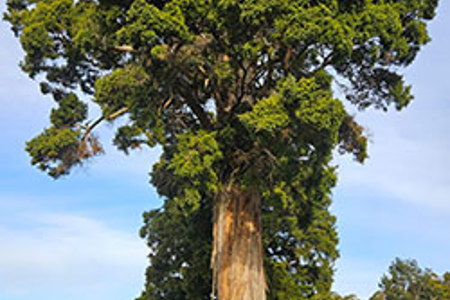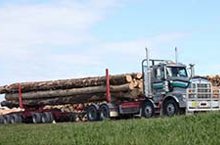
In research published earlier this year, the Bioeconomy Science Institute released the first height-diameter model for tōtara (Podocarpus totara). To date there have been no growth or yield models available for any individual indigenous tree species in New Zealand.
As an endemic, high-value indigenous conifer species of great cultural significance, Tōtara can be found throughout New Zealand. It has naturally durable heartwood and can grow in a wide range of sites, so it has an excellent potential as a plantation forestry species says Scion. But due to the general lack of species-specific growth models for the New Zealand native tree species, this makes it more difficult to predict and manage tōtara stands.
This first-of-its-kind model is based on 719 planted tōtara trees at eight different sites across a range of age-classes. The proposed model shows high precision and accuracy with comprehensive datasets. It fills a long existing gap and provides insights for forest managers, small scale growers and anyone else making decisions around growing tōtara.
While silviculture is the heart of forest management, and growth and yield models form the centrepiece of species silviculture, first the height-diameter relationship by measuring individual trees need to be established. It is fundamental to understand the dynamics in any stands before having an operational growth and yield model, says Scion.
Serajis Salekin, forest scientist at the Bioeconomy Science Institute and lead author, explains, “It allows us to understand important features of the tree within a stand – such as the expected diameter distribution and the overall shape of the trees. This knowledge helps plan management decisions such as thinning and pruning, or even how many trees should be planted at the very least.”
This work comes from the Ngahere development project under the Distinct value indigenous wood products portfolio.









